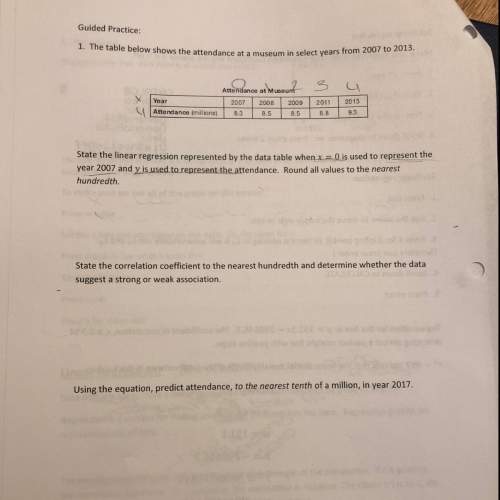
Mathematics, 12.03.2020 04:49, bvghchg4401
This exercise investigates what happens if we drop the assumption that gcd(e, p − 1) = 1 in Proposition 3.2. So let p be a prime, let c ≡ 0 (mod p), let e ≥ 1, and consider the congruence xe ≡ c (mod p). (3.36) (a) Prove that if (3.36) has one solution, then it has exactly gcd(e, p − 1) distinct solutions. (Hint. Use primitive root theorem (Theorem 1.30), combined with the extended Euclidean algorithm (Theorem 1.11) or Exercise 1.27.) (b) For how many non-zero values of c (mod p) does the congruence (3.36) have a solution?

Answers: 2
Other questions on the subject: Mathematics

Mathematics, 21.06.2019 18:20, katlynnschmolke
What is the solution set of the quadratic inequality x2- 5< 0? o {xl-55x55{x- 155x55){xl -55x5 15){x1 - 15 sx5/5)
Answers: 2

Mathematics, 22.06.2019 01:00, vanenav2003ovf1lz
Drag statements and reasons to each row to show why the slope of the line between d and e is the same as the slope between e and f, given that triangles a and b are similar.
Answers: 2

Mathematics, 22.06.2019 02:00, robertrkumar1
There are a total of 75 students in the robotics club and science club. the science club has 9 more students than the robotics club. how many students are in the science club?
Answers: 1
Do you know the correct answer?
This exercise investigates what happens if we drop the assumption that gcd(e, p − 1) = 1 in Proposit...
Questions in other subjects:



History, 12.10.2019 06:30


Mathematics, 12.10.2019 06:30



History, 12.10.2019 06:30








